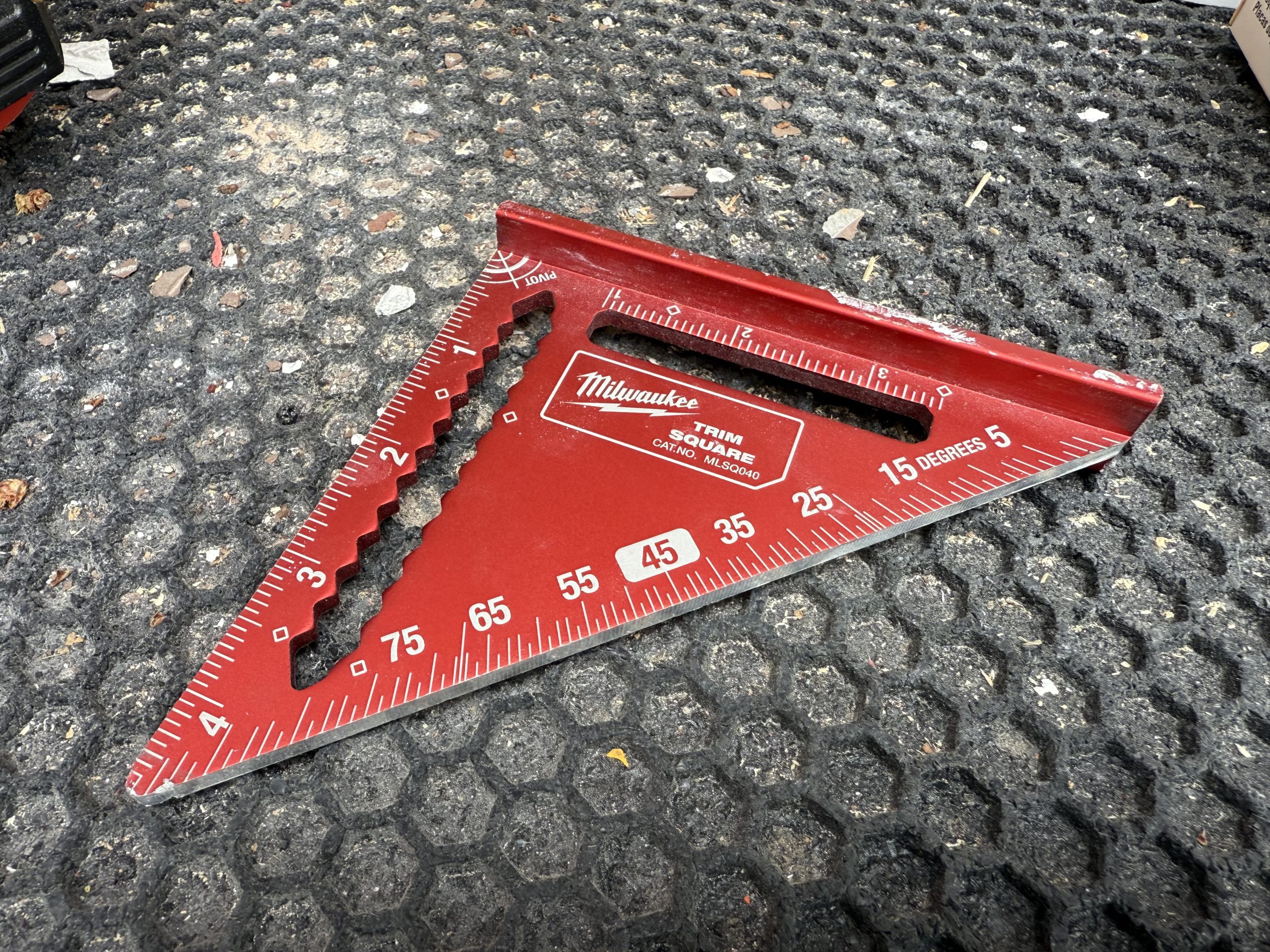
In the realm of construction, carpentry, and DIY projects, precise measurements are the backbone of accurate work. Various measuring tools cater to different needs and tasks, each offering unique features and advantages. Here, we delve into four essential types of measuring tools: the Quick Square, T-Square, Framing Square, and Speed Square, exploring their uses and characteristics.
1. Quick Square
The Quick Square, also known as a rafter square or triangle square, is a versatile tool primarily used in carpentry and roofing tasks. It typically features a triangular shape with various markings and angles:
- 45-degree Angle: Used for marking and cutting rafters or stair stringers.
- 90-degree Angle: Ensures square cuts and layout work.
- Degree Scale: Allows for measuring and marking angles other than 45 and 90 degrees.
Uses:
- Layout Work: Ideal for marking square lines on lumber quickly.
- Cutting Rafters: Essential for making precise cuts at various angles required for roof framing.
- Angle Measurement: Facilitates measuring and marking angles for various woodworking projects.
2. T-Square
The T-Square, as the name suggests, has a T-shaped design with a long straight edge and a perpendicular handle. It is primarily used in drafting and layout work:
- Straight Edge: Provides a long, straight surface for drawing or cutting.
- Handle: Allows for easy gripping and precise alignment.
Uses:
- Drafting: Essential in architecture, engineering, and graphic design for drawing straight lines.
- Cutting: Used as a guide for making straight cuts with a utility knife or rotary cutter.
- Layout Work: Ensures accurate alignment and spacing of elements in projects like woodworking or tile setting.
3. Framing Square
A Framing Square, also known as a carpenter’s square, is a larger, L-shaped tool featuring two arms at right angles to each other:
- Body: Features various measurements and scales, typically in inches and centimeters.
- Tongue: The shorter arm used for making precise measurements and marking.
Uses:
- Layout: Essential for marking and checking right angles during framing and carpentry work.
- Measuring: Provides quick and accurate measurements up to 24 inches or more.
- Cutting Guides: Used as a cutting guide for circular saws and other cutting tools.
4. Speed Square
The Speed Square, developed by Swanson Tool Company, is a compact and versatile tool designed for carpentry and construction tasks:
- Features: Includes markings for degrees (especially 45 and 90 degrees), as well as a notch for marking boards.
- Protractor: Allows for precise angle measurements and layout.
Uses:
- Roofing: Ideal for marking and cutting roof rafters and stair stringers.
- Angle Measurement: Provides quick measurements of common angles needed in construction.
- Layout Work: Facilitates accurate marking of angles and cuts on lumber.
Each of these measuring tools plays a crucial role in different aspects of construction, woodworking, and DIY projects. Understanding their unique features and applications enables craftsmen and enthusiasts to work more efficiently and accurately. Whether you’re framing a house, drafting a blueprint, or simply making precise cuts in your workshop, having the right measuring tool at hand ensures your projects are executed with precision and professionalism. Choose the tool that best suits your needs, and master its use to elevate the quality and accuracy of your work.
Cedar Hill St. Louis Jefferson County Olivette Kirkwood Ballwin Arnold Franklin County St Charles County Fenton High Ridge Dittmer Creve Coeur
